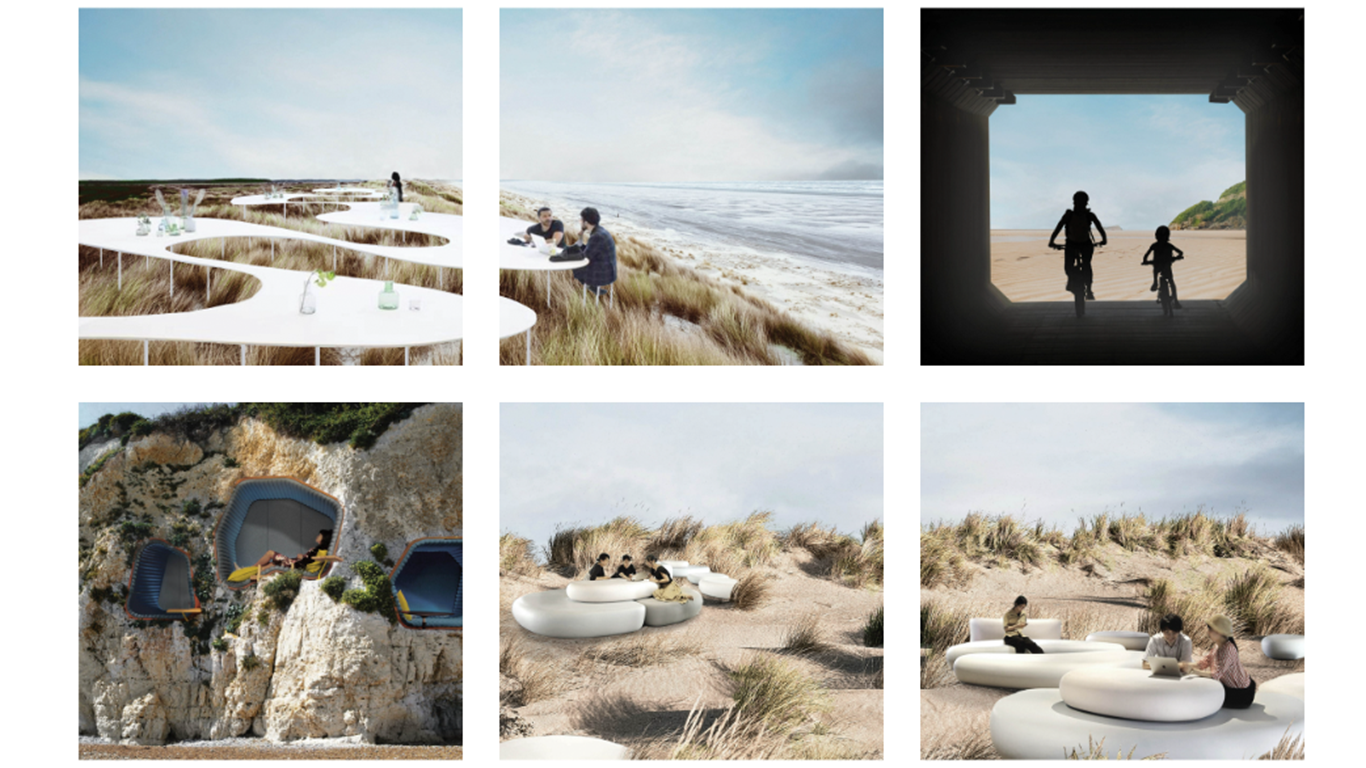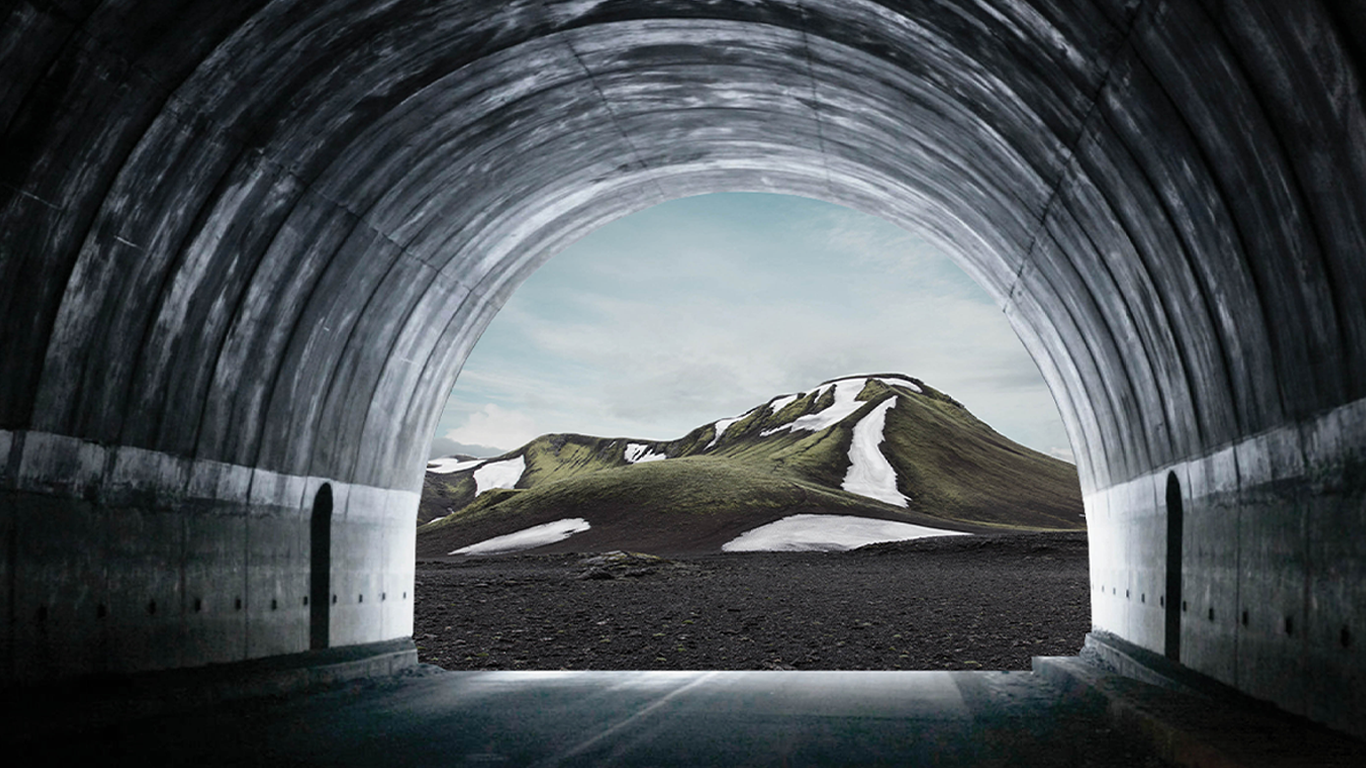Light at the End of the Tunnel
In 2020 we were all cooped up, some longer than others. Some of us remained that way for a long time, and we all may be again soon. We’re thinking about how to cope, how to escape, how to isolate in a healthy way. This narrative series of Instagram posts proposes several ways out and into nature. The idea is that we can isolate without disconnecting. Work in a stress-reducing space. Take care of ourselves. Live and work in concert with the rest of the world.
Client: Speculative
Read more after the images…

Tunnel to the Forest Lab

Forest Lab

Tunnel to the Co-working Beach

Co-working Beach

Tunnel to the Prairie Office

Prairie Office

Tunnel to the Winter Retreat

Winter Retreat
The project came up during the covid-19 when we new that we had to keep going, keep working, keep living, but felt like we needed a new space to do it in. So at the end of each tunnel is a setting that would let us get back to a better normal than we were used to during, and even before, the pandemic. We want to provide ideas of unique spaces, and the collection is meant to imagine a variety of spaces where everyone could find the right setting for themselves to get back in touch, and maybe get a bit of work done. In retrospect, what is interesting about the project is how it prefigured ideas and image creation that we now see so much of through AI generation.
Forest Lab : At the end of this tunnel is a lake and a forest. A place in nature to isolate with mental health and be connected for work and not being overwhelmed and enclosed.
Winter Retreat : Ice-melt collected in pools on mountain tops provides a warm, healing respite as the goal of a long walk. In the cold northern regions, of course it remains relatively warm, or even extremely hot, below our feet. Even the moderate temperatures of the ground beneath us can passively regulate building temperatures and reduce energy use.
Co-Working Beach : Laptop on the knees and toes in the sand. Certainly we're not the only ones that dream of this. In this case, the technology needed for that experience is integrated into coworking furniture scattered around the dunes.
Prairie Office : The grasslands in the American west were organised a couple of hundred years ago setting up (over)farming and (sub)urbanisation. The food industry accounts for 17% and car exhaust amount to 28% of total carbon emissions. At the same time, we've lost the vast carbon sequestration in the prairies. We should engage in more sustainable ways of organising the plains and more discreet ways of living in them.
